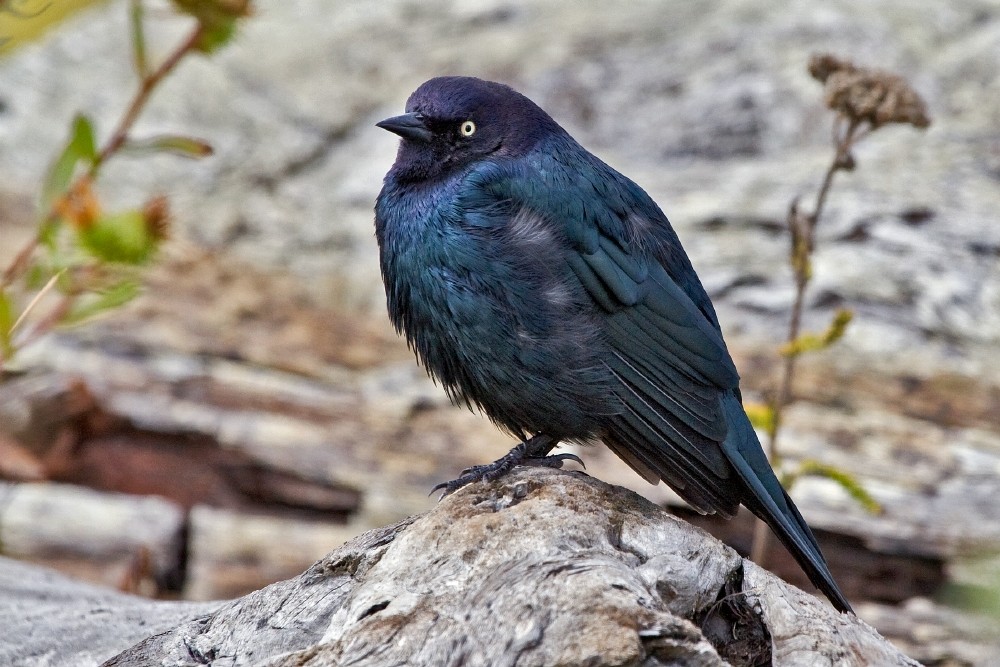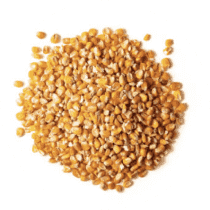Brewer's Blackbird
A species of Rusty and Brewer'S Blackbirds Scientific name : Euphagus cyanocephalus Genus : Rusty and Brewer'S Blackbirds
Brewer's Blackbird, A species of Rusty and Brewer'S Blackbirds
Botanical name: Euphagus cyanocephalus
Genus: Rusty and Brewer'S Blackbirds
Content
Description People often ask General Info
 Photo By Alan D. Wilson , used under CC-BY-SA-3.0 /Cropped and compressed from original
Photo By Alan D. Wilson , used under CC-BY-SA-3.0 /Cropped and compressed from original Description
Brewer's Blackbirds are beautiful metallic-colored birds that like to live in towns where they forage along sidewalks and in parks. Unfortunately, they are sometimes killed, trapped, or poisoned in areas where farmers believe they're protecting their crops from these birds. However, although the brewer's Blackbird does eat grain, it is really a farmer's friend in that it is quick to notice and consume weevils, cutworms, grasshoppers, and caterpillars, which are known to destroy crops.
Size
22 - 26 cm
Life Expectancy
11 years
Nest Placement
Shrub
Clutch Size
3 - 7 eggs
Incubation Period
1 - 2 broods
Number of Broods
11 - 17 days
Nestling Period
12 - 16 days
Feeding Habits
Brewer's Blackbird primarily consumes seeds, grains, and a variety of insects, often foraging in flocks and adapting to catch prey midair or from livestock. Opportunistic in towns, they eat almost anything available, including small frogs, voles, and other birds' nestlings. Habitats range from shallow waters, where they hunt aquatic insects, to fields with seeds, berries, and flying insects.
Habitat
Brewer's Blackbird typically inhabit open and semi-open areas near water sources in central and western North America. They reside at altitudes from below sea level up to 8,000 feet, including environments like grasslands, marshes, meadows, and various types of shrublands. Brewer's Blackbird adapt well to human-altered landscapes such as city parks, agricultural lands, and even bustling parking lots. They display a degree of versatility by nesting in trees, tall grass, cliffs, or forming colonies. While some are permanent residents, particularly in the west, others migrate southeast to the U.S. and Mexico.
Nest Behavior
Nesting in colonies, brewer's Blackbird's nest-building takes 5-10 days. Post nest-site selection by early females, others follow. Egg-laying and parental roles are not specified but are typical of colonial nesting patterns.
Nest Characteristics
Brewer's Blackbird nests are about 6 inches across, 2 inches deep, and are usually located in shrubs or trees near water, but can vary in placement annually. They are constructed from stems, twigs, and fine grasses, often reinforced with mud or manure.
Dite type
Granivorous
People often ask
General Info
Feeding Habits
Bird food type

Hulled Sunflower Seeds

Cracked Corn

Millet
Bird Feeder Type

Platform

Ground
Behavior
Brewer's Blackbird exhibit ground-feeding habits, often in open areas, yet they roost on elevated structures like telephone or power lines. These birds exhibit gregarious behavior, flocking with similar species for foraging. Notably, male brewer's Blackbird engage in vigilance by occupying guard perches to oversee their colony and deter predators with alarm calls and aggressive defense mechanisms. Post-nesting season, they display a more solitary nature, dissociating from their mates, though pair bonds may be reestablished in subsequent breeding seasons if both partners return post-winter migration. Their adaptability allows for a dynamic interaction with their environment throughout the year.
Species Status
Not globally threatened.